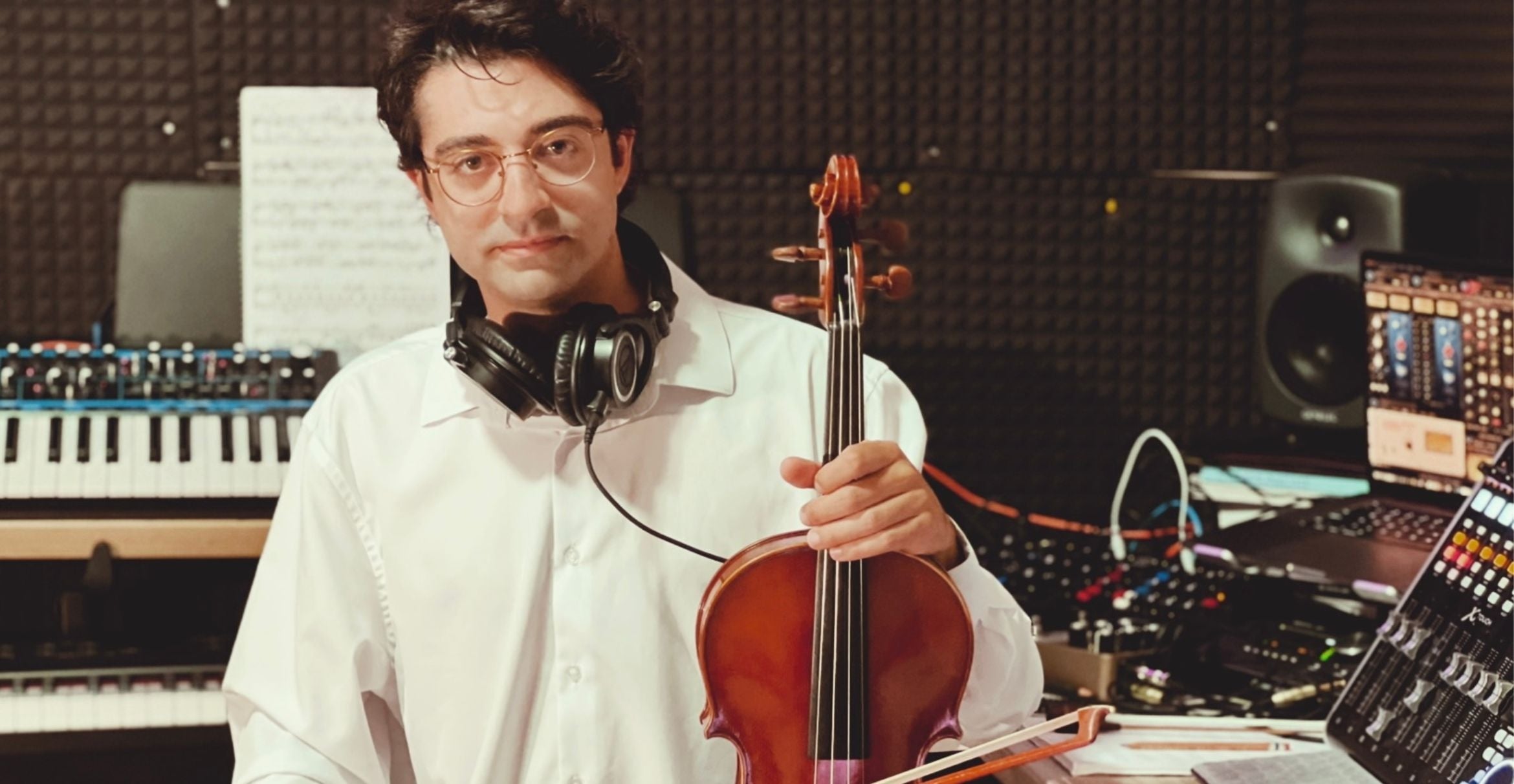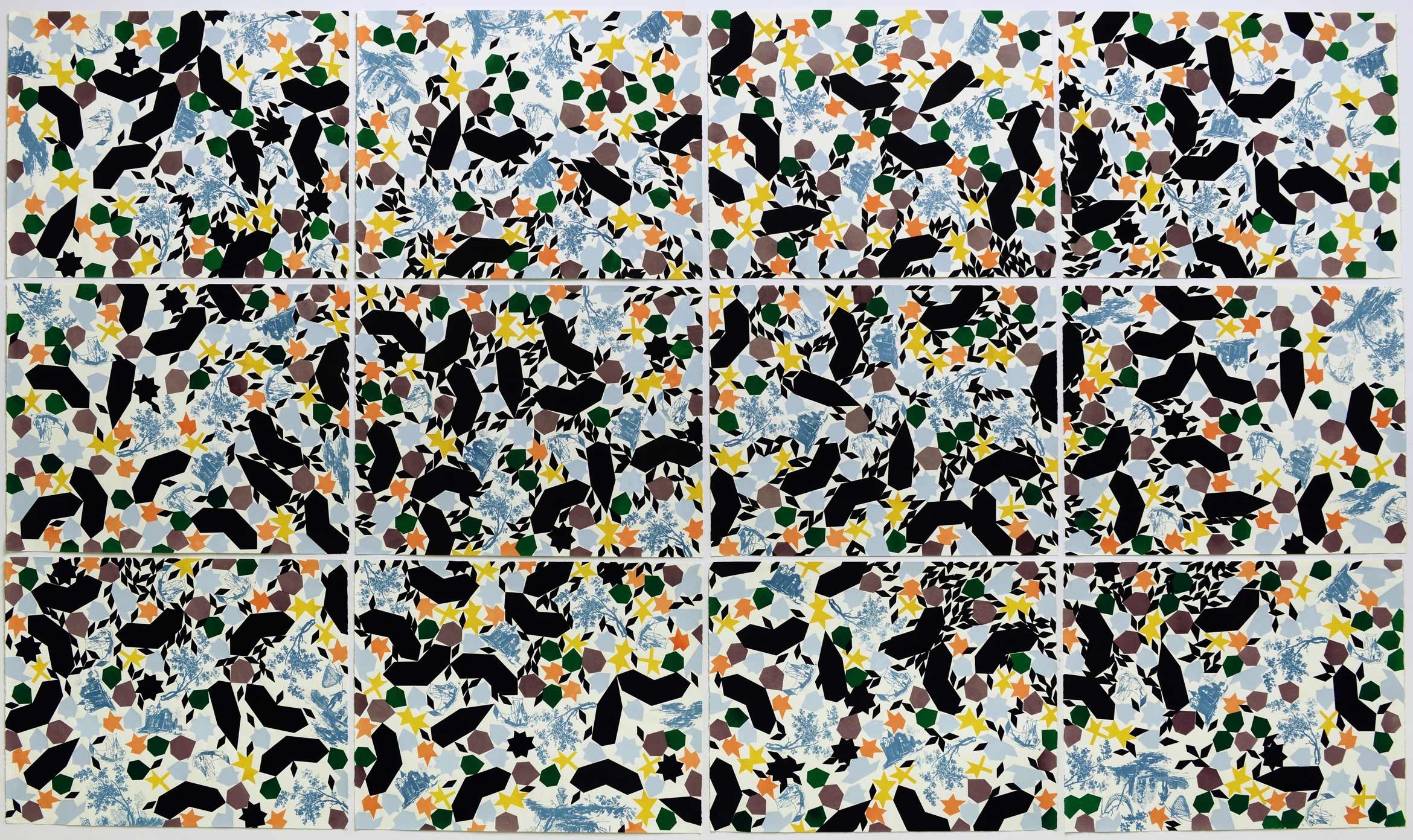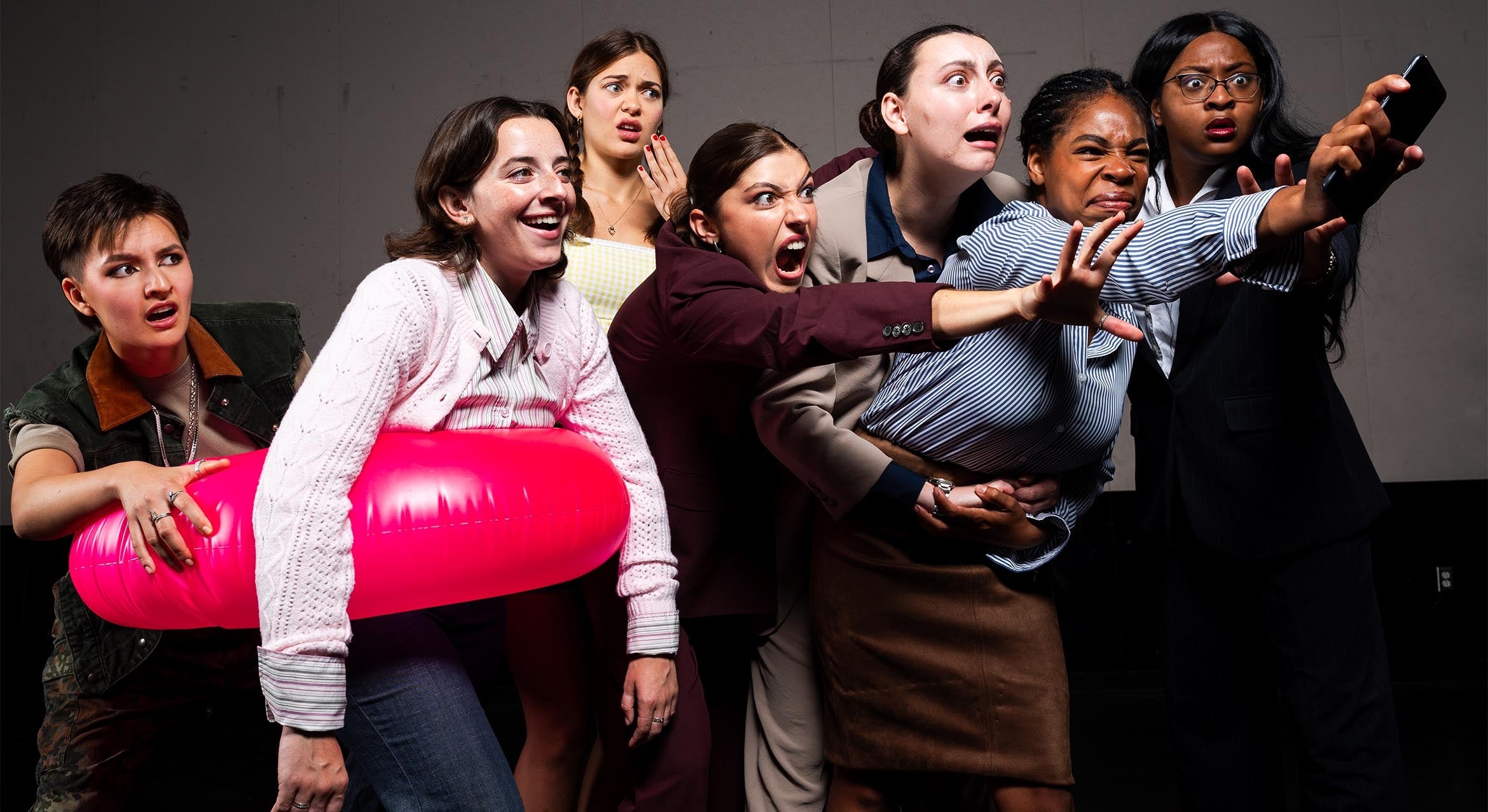
How artistic research preserves cultural memory and care
When artists turn memory into inquiry, they reveal how family, migration and history continue to shape our world. At UC Santa Barbara, lecturer Kim Garcia bridges her roles as artist and educator to examine how the past lives on in material form. Through sculptural, installation and experimental approaches, she connects personal narratives to the broader cultural forces that define identity and care.
That approach comes into focus in “Tender Material,” her new exhibition at DMST Atelier in Los Angeles. On view through Nov. 8, the two-person show with artist Frannie Hemmelgarn examines how grief and repair manifest through fragile, tactile processes. Using resin, paper and found objects, the artists engage with the lives of their fathers — one living with dementia, the other recently lost — turning private histories into shared reflections on loss and endurance.
“I like to think about my work as a kind of fossil,” Garcia said. “I embed materials and objects in layers of resin, almost like amber. It’s a way of creating a record—of an experience, a memory, or a story that’s beginning to fade.”
Garcia’s series traces her father’s migration story from the Philippines to the United States, revisiting a moment when he survived a stroke and later lived with dementia. “That story became a way to ground him,” she said. “Now it’s a way for me to understand his longing to return home when he no longer can.”

As her father’s memories fragmented, Garcia turned to research, uncovering traces of her family’s past in colonial archives. “I learned that my great-great-grandfather played a role in the transition from Spanish to American rule,” she said. “That discovery made me think about where American identity begins to take root, and how that legacy of colonialism continues to shape who we are.”
Her resin works juxtapose family photographs with historical documentation, blurring their surfaces with pigment and ink to evoke the haze of memory. “I use resin to create a kind of fog,” she explained. “It mirrors the haziness of my father’s memories and the difficulty of seeing through colonial archives. There’s beauty in that blur; it’s a space of both loss and possibility.”
At UCSB, Garcia teaches in both the Department of Art and the College of Creative Studies, where she directs the CCS Gallery and leads courses in sculpture, spatial studies and experimental drawing and painting. Her classes emphasize collaboration, the limits of archives, and the role of memory in creative practice.
“A lot of my teaching is about developing what an archive means to each student,” Garcia said. “We talk about memory, collaboration and creating spaces for stories that might otherwise be overlooked. I think that’s also how I approach my own work, by making visible the unseen labor of holding and transmitting memory.”
In both her art and pedagogy, Garcia reveals how material and emotional histories persist in combinations that are layered and alive. “‘Tender Material’ is about grieving and understanding the complications of our histories,” she said. “But it’s also about hope; it's about finding ways to heal alongside others, even when our forms of grief look different.”



